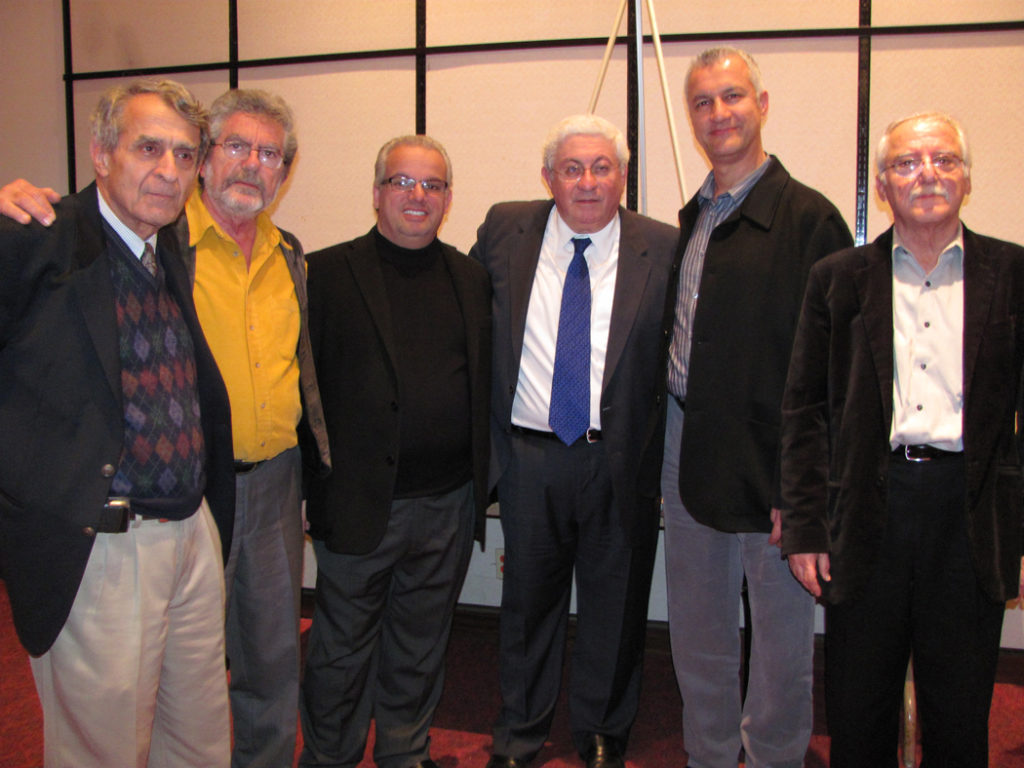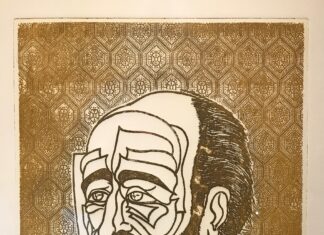By Kevork Keushkerian
GLENDALE, Calif. — Tekeyan Cultural Association’s New York Chapter Chairman Hagop Vartivarian has published a series of books on his “meetings” with the diasporan religious, political and community leaders, whom he had interviewed during his travels all over the world, in the last 20 years.
The presentation of his fourth book of Meetings, published in 2009, was organized by the Los Angeles Chapter of the Tekeyan Cultural Association (TCA). It took place on Friday, January 29, at 8 p.m., at the Glendale Central Library. An audience composed of newspaper editors, writers, clergy, educators and friends of Vartivarian filled the library.
Parsegh Kartalian offered the opening remarks with his usual wit, and then introduced the mistress of ceremonies, Maral Voskian, who took to the podium, amid enthusiastic applause.
The first presenter was Dr. Marzbed Margossian, a well-known scholar, educator and writer. He has a PhD in microbiology and has conducted many scientific researches on applied cardiology. He briefly discussed Vartivarian’s first three books, which included 40 interviews each, with prominent figures in Armenian communities worldwide. An emerging view from these interviews, he noted, was the fact that Armenians are optimistic, which prevents us from foreseeing future calamities, such as the civil war in Lebanon, among others.
Margossian reiterated a thought expressed by Dr. Toros Toranian of Aleppo, Syria, in the first book of Meetings, who had said: Have we been a part of history already? How soon has the time passed…

He then pointed out that the 80 interviews conducted in the 19 newly-established communities worldwide in his fourth book of Meetings, condensed in 500 pages, paints a panoramic picture of the Armenian Diaspora. This will help, he added, the next generation of Armenians better comprehend the dilemma of the diasporans.








